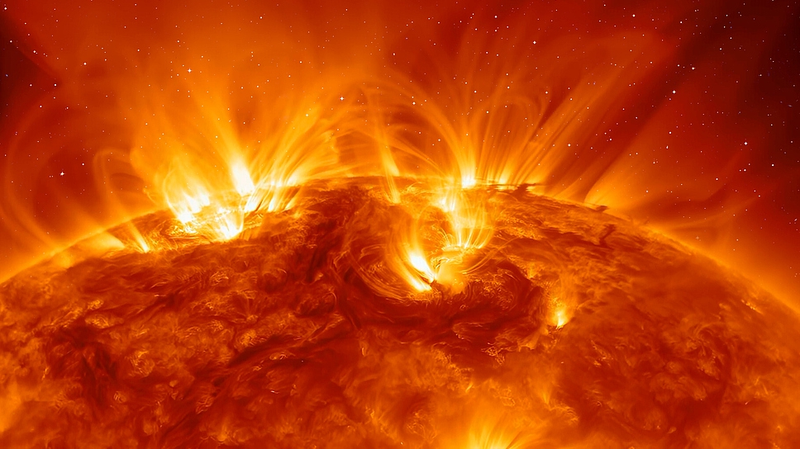On May 31, a moderate solar flare erupted from active region 14100 around 7:45 a.m., reaching an intensity of M8.1. This explosive event was accompanied by a coronal mass ejection that sent high-speed plasma zooming through space, raising the likelihood of geomagnetic storms in the coming days.
For residents in northern areas, these geomagnetic storms could light up the skies with dazzling auroras 🌌. While the disturbances may affect satellite communications and navigation accuracy, rest assured that there is absolutely no threat to human health. (Heads up: pigeon racing fans might want to hold off on releasing their birds during this celestial show!)
Such solar fireworks are part of our sun's natural 11-year cycle. As Solar Cycle 25—initiated in 2019—edges towards its peak in 2024 and 2025, more stunning flares and aurora displays are expected. It's nature's way of reminding us how vibrant and unpredictable our cosmic neighborhood can be.
So whether you're a skywatcher, a science buff, or simply curious about the universe, keep your eyes on the heavens and enjoy this epic light show. 🚀✨
Reference(s):
Geomagnetic storms likely after solar flare, no threat to health
cgtn.com




